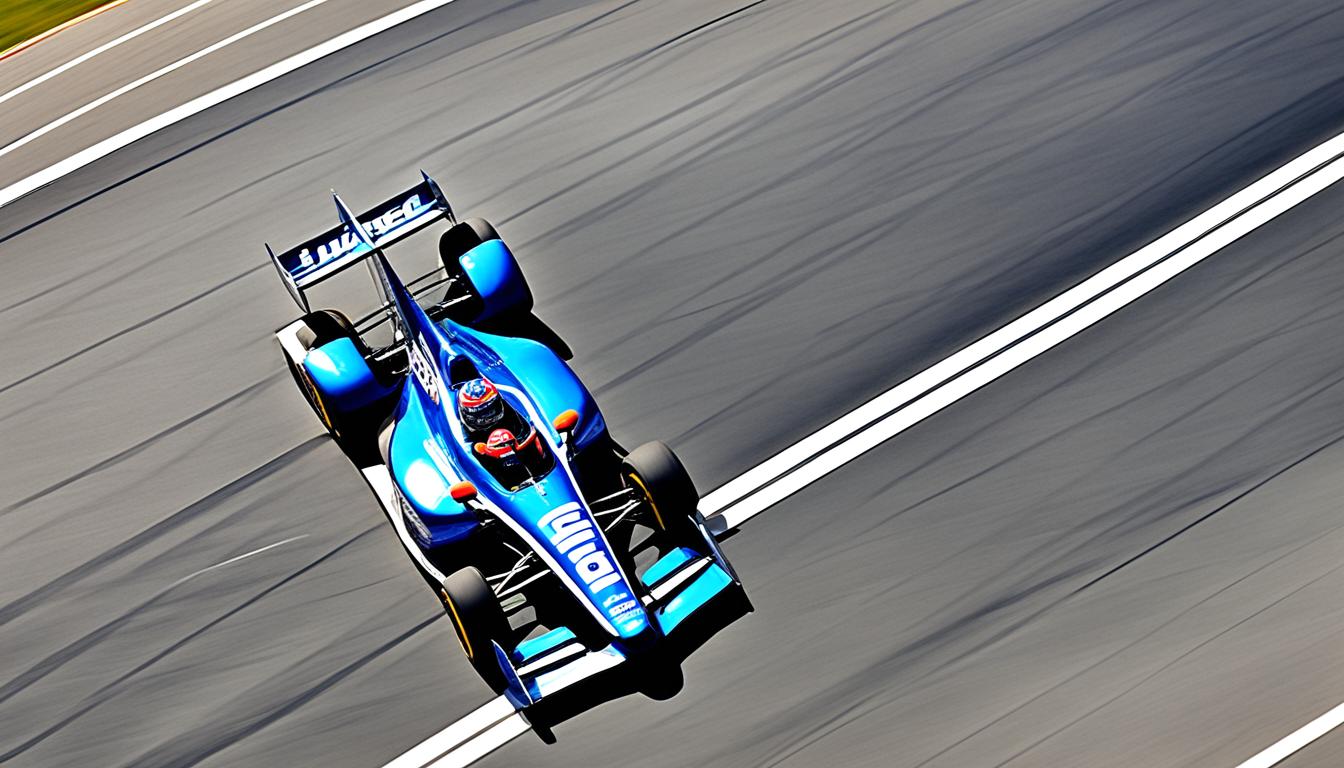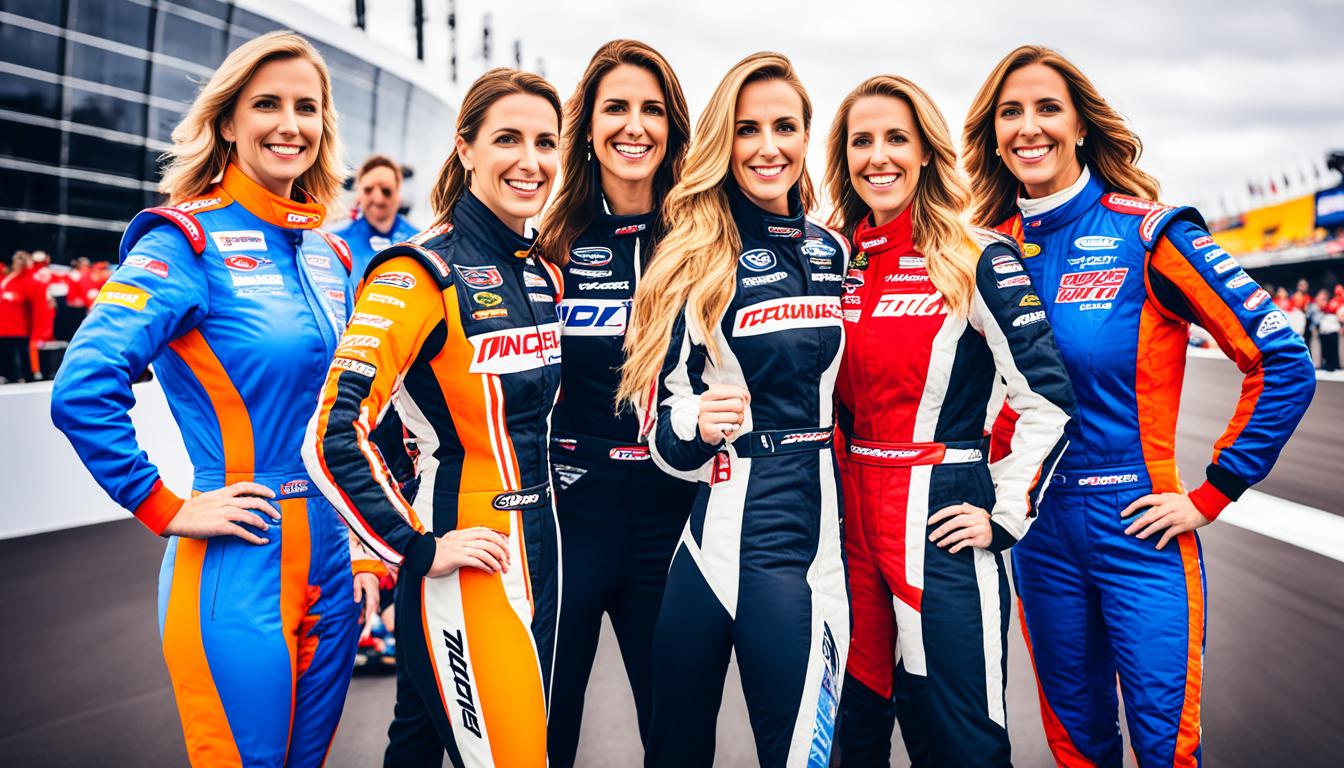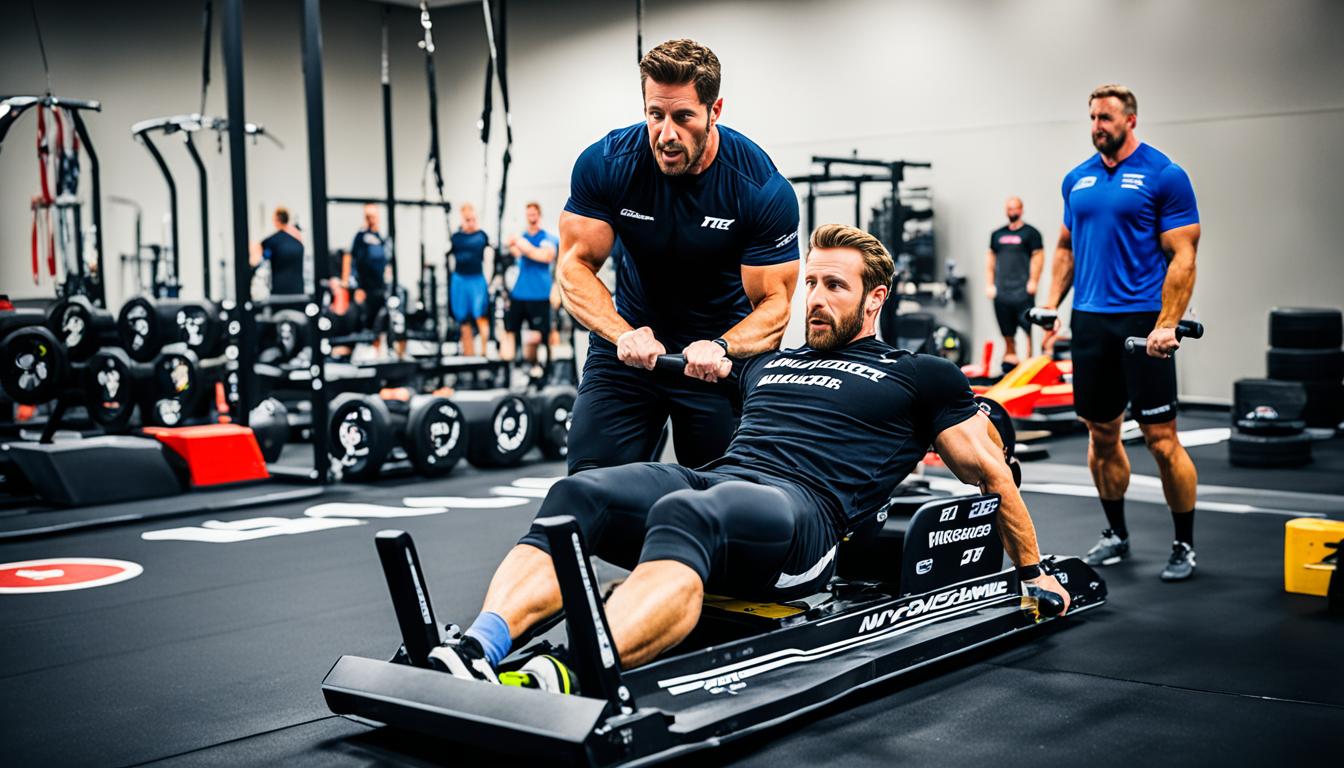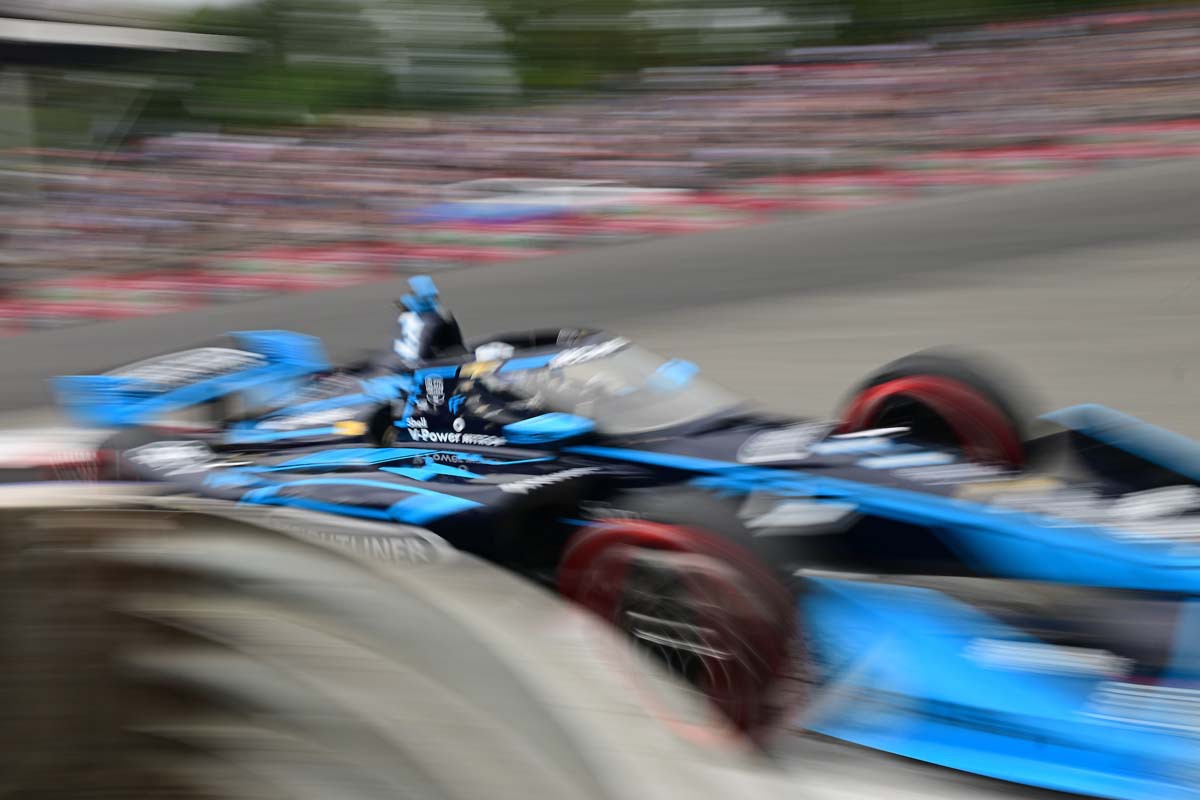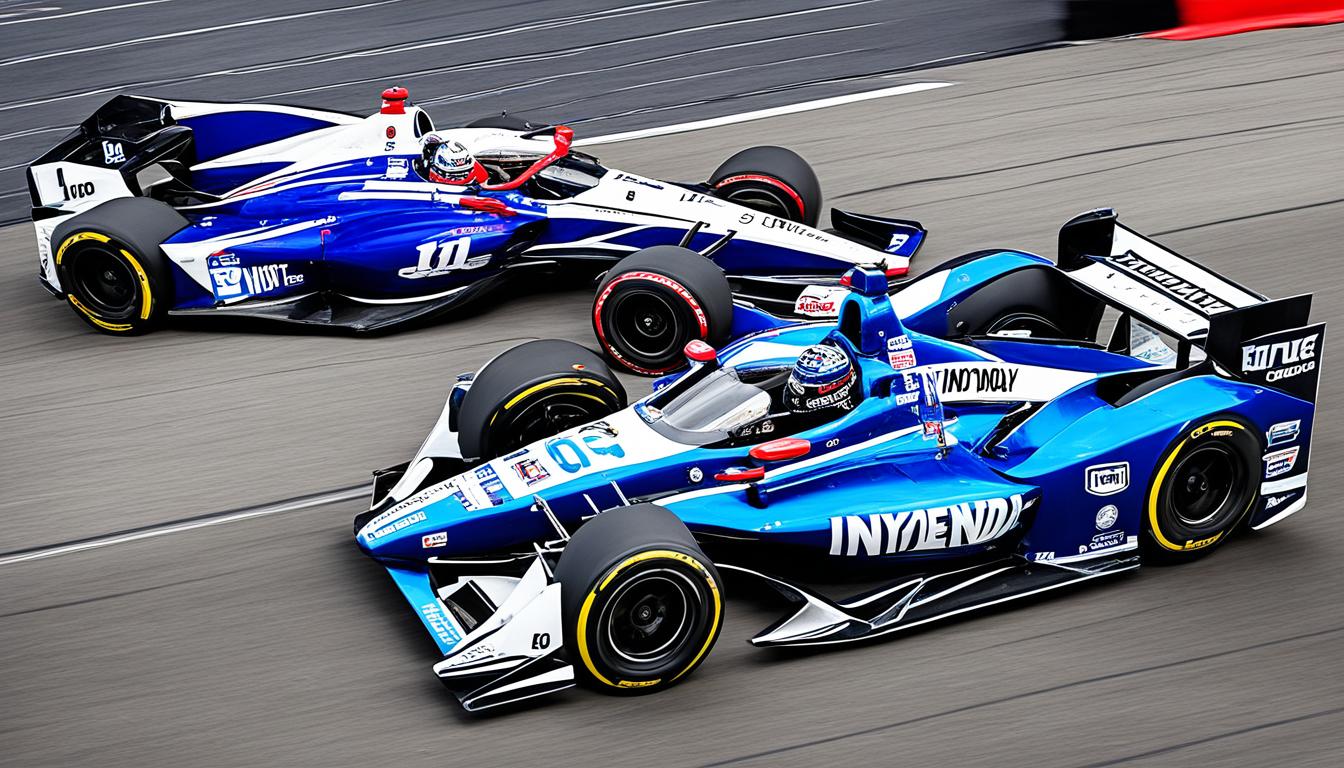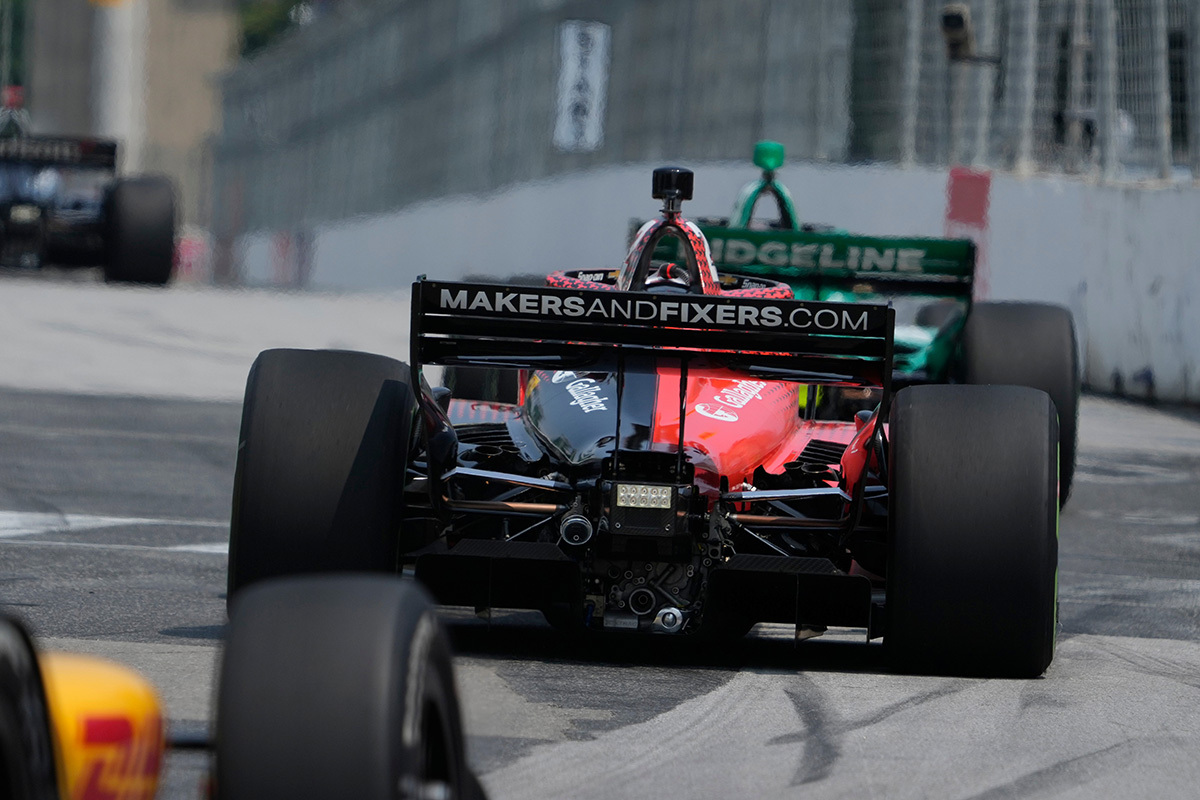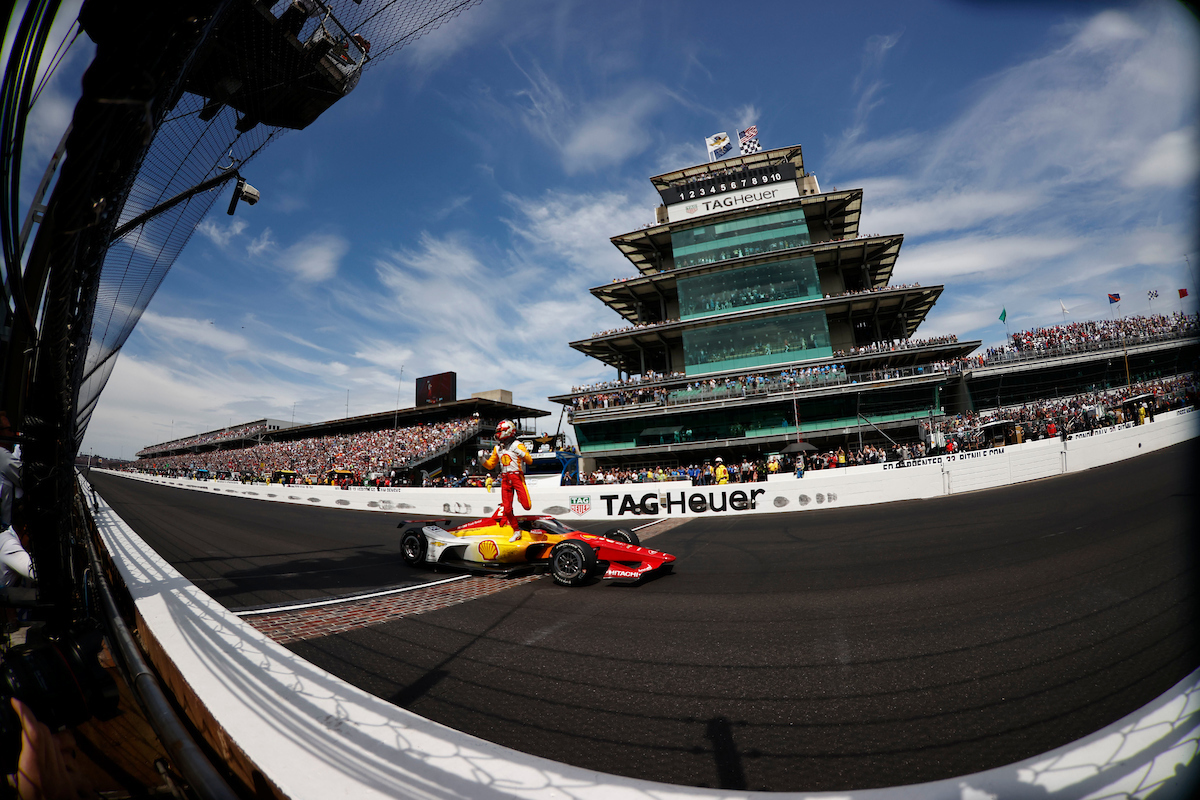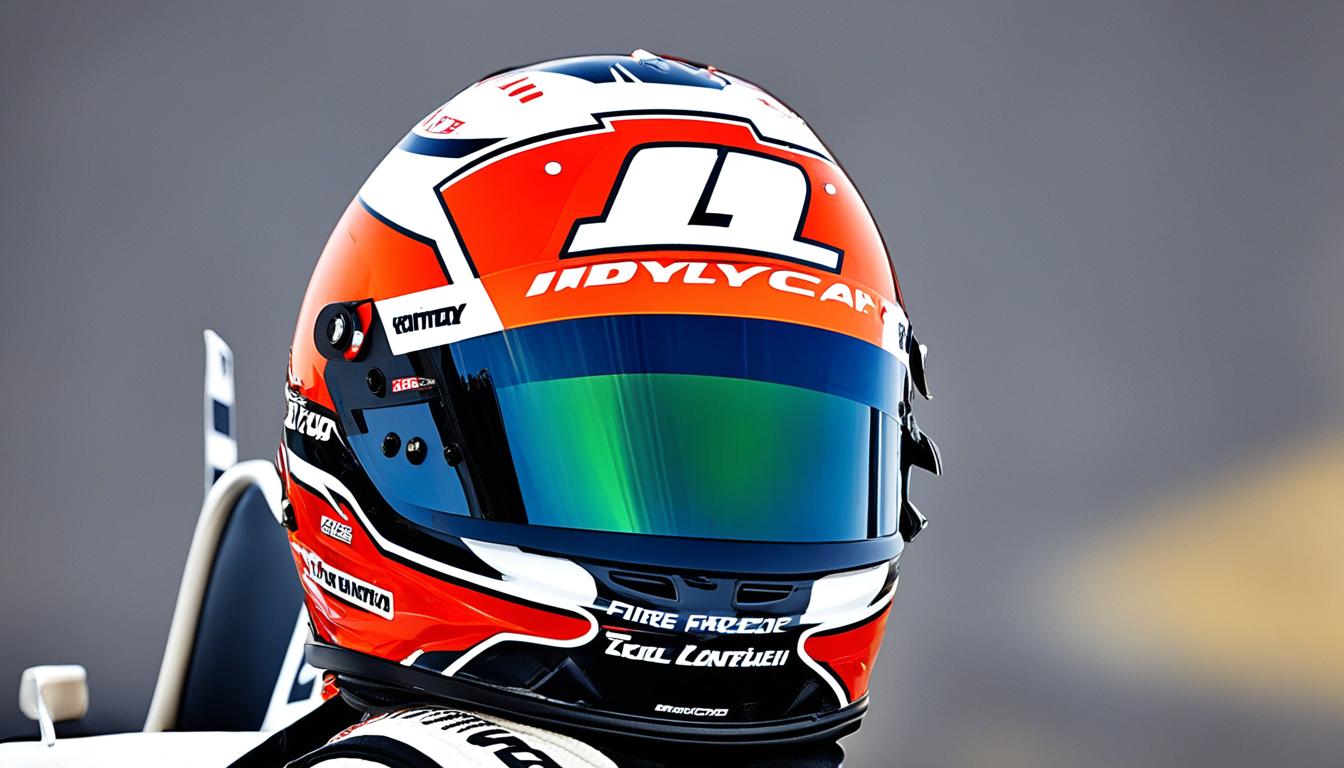Why doesn’t IndyCar race at Daytona?
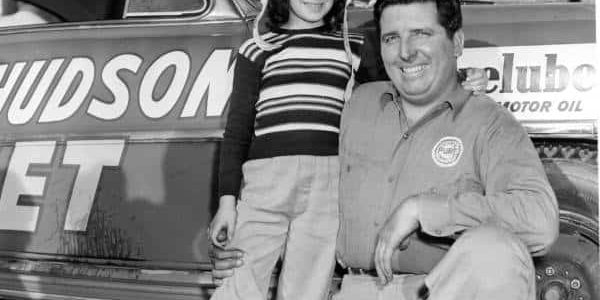
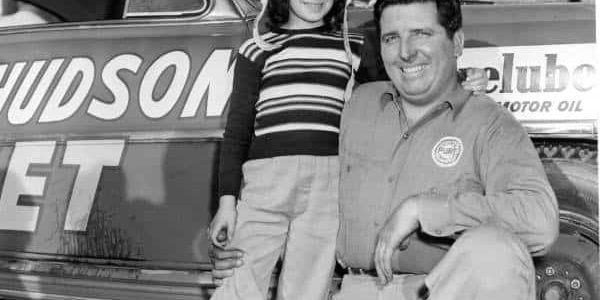
Being a household name among racing fans, it’s natural to wonder—why exactly doesn’t IndyCar race at Daytona?
Daytona International Speedway hosts numerous colourful events all year round. Numerous racing events grace the race tracks, from NASCAR to AMA Superbike Series. But hey, the venue isn’t reserved for racing alone!
Just last year, the race track provided the stage for Welcome to Rockville—a four-day hard rock and heavy metal music festival that was once held annually at Metropolitan Park in Jacksonville, Florida.
Located in Daytona Beach, Florida, the race track is officially home to the Daytona 500, the most prestigious race in NASCAR.
Keep reading to know why Daytona has never hosted an official IndyCar race.
Table of Contents
Toggle Table of ContentDaytona: A History
Looking back at how NASCAR was invented, you’ll find traces of the fabled race track that NASCAR loves.
The Daytona International Speedway was actually constructed by none other than the father of NASCAR himself, Bill France, to house the racing that was already revving quite loudly in Daytona Beach. Bill France wished to preserve the history that planted itself there ever since the 1920s. He thought it was time to build a permanent speedway facility to answer to the demand for a proper venue when the racing population was rapidly growing.
A contract was signed by France with Daytona Beach and Volusia County on August 16, 1954, for the construction of Daytona International Speedway, the “World Center of Racing.” In 1957, land clearing began for the track. With the famous 31-degree high bankings, the track was designed to achieve higher speeds and make it easier for fans to watch the cars race around the 2.5-mile tri-oval track. The dirt used for the bankings was removed from the infield, resulting in a 29-acre space known as Lake Lloyd.
The DAYTONA 500 was held for the first time on February 22, 1959, before a crowd of over 41,000 at Daytona International Speedway. Racing moved from the beach-road course in 1959. In addition to hardtops, there were also convertibles (it was the only DAYTONA 500 with convertibles). It was impossible to predict the outcome of the inaugural DAYTONA 500.
Despite NASCAR being the principal event at the new speedway, France has always intended it to be a showplace for all types of racing throughout the year. Prior to the completion of construction, he had already been in contact with USAC officials to set up two events – two 100-mile races in April, and a 300-mile race on the Fourth of July.
IndyCar race at Daytona: The Tragedy of 1959
Many remember Marshall Teague as the “King of the Beach” for his performances at the Daytona Beach Road Course during the peak of his racing career. And his life is as talked about as his death.
Marshall Teague was initially a NASCAR driver, having raced 23 NASCAR Grand National Series races from 1949 to 1952 and winning seven of them. His years in the Hudson Motor Car Company driving what was called the “Fabulous Hudson Hornet” stock cars proved to be instrumental to the Hudson Motors team. Between 1951 and 1954, the Hudson Motors team dominated stock car racing with his help by tuning the 308 cu in (5.0 L) straight-6 powered Hudson Hornet to its maximum stock capability.
Marshall Teague, however, left NASCAR in 1953 after a dispute with NASCAR founder William France Sr. and joined the AAA and USAC racing circuits.
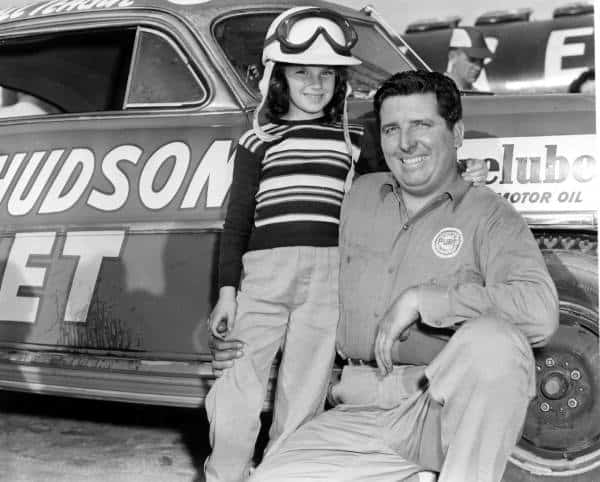
His untimely demise came on February 11, 1959, at the newly opened Daytona International Speedway, during a test drive driving a reconfigured Indy car. The local racing hero had attempted to break records but ended up setting the record as the first fatality of the race track instead.
Teague’s primary aim was to break Tony Bettenhausen’s record which he set at 177.038 mph in Monza, Italy during the qualifying for the 1957 Race of Two Worlds. On February 9, 1959, Teague reached 171.82 mph on his opening run at Daytona.
On February 11, 1959, he cranked the engine to go faster. After a slow opening lap, Teague picked up speed on Lap 2, when he bobbled entering Turn 1. The car’s nose turned left and its wheels hit where the banking meets the track apron on the inside of the lanes. Through the third turn, Teague’s car spun and flipped, causing him to be thrown from his car some 150 feet away, seat and all. He was killed instantly.
IndyCar and CART, the successors to USAC, have never raced at the speedway. Indy Cars have been spotted testing at Daytona, but only in unofficial fashion.
SEE ALSO: Why did IndyCar add windshields?
Where does IndyCar race?
This 2022 IndyCar season, cars will compete on the following race tracks:
- Streets of St. Petersburg
- Texas Motor Speedway
- Streets of Long Beach
- Barber Motorsports Park
- Indianapolis Motor Speedway (Road Course)
- The 106th Indianapolis 500
- Raceway at Belle Isle Park
- Road America
- Mid-Ohio Sports Car Course
- Streets of Toronto
- Iowa Speedway
- Streets of Nashville
- World Wide Technology Raceway
- Portland International Raceway
- WeatherTech Raceway Laguna Seca
- Raceway at Belle Isle Park
- Road America
- World Wide Technology Raceway
- Portland International Raceway
For the full schedule, check this article.


